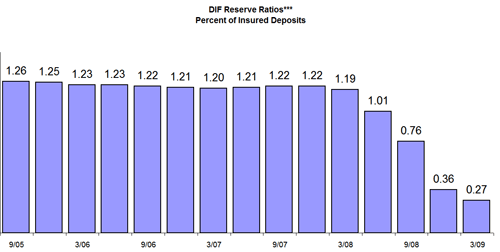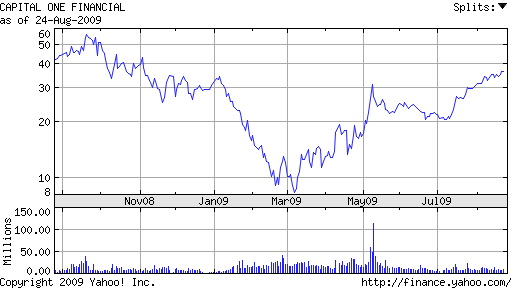Feds React To Mortgage Lending Fiasco
In a move that can only be described as better late than never, various new Federal laws that restrict certain lending practices become effective on or after October 1, 2009. Other regulations that mandate improved disclosures and early disclosures of loan costs and terms became effective on July 30, 2009. Additional HUD regulations requiring the use of a standardized good faith estimate form and HUD-1 settlement statement will become law effective January 1, 2010.
The intention of the new regulations is to protect the consumer from unfair and abusive lending practices and to ensure that the mortgage borrower is provided the necessary information to fully understand the costs and terms of a loan. In general, the rules are a positive for both borrowers and lenders but are likely to add considerably to the time it takes to close on a mortgage loan.
If these lending regulations had been in effect during the late great mortgage mania boom of the early part of this decade, it is very likely that the current foreclosure and banking crises would have been a far less serious adverse economic event. Borrowers would have been prevented from borrowing money that couldn’t be repaid and lenders would have been forced to make more intelligent underwriting decisions.
Lending Prohibitions Effective October 1, 2009 – Federal Reserve Board
- Mortgage lenders and brokers are prohibited from coercing or encouraging real estate appraisers to misrepresent the value of a home. Per Glenn Gimble, FDIC Senior Policy Analyst, “That’s intended to ensure the integrity and accuracy of an appraisal, so that a consumer is not overpaying for a home or borrowing more money than the home is worth.
- Mortgage loan servicers must credit payments on the date received and must inform the borrower of an late-payment fees.
- For those applicants considered a subprime credit risk, a lender is prohibited from making a higher priced loan without regard to the borrower’s ability to repay the loan from income or assets (other than the home’s value). All income and assets used to qualify for loan approval must be verified.
Several points of interest on the new regulations. Although there has been vociferous industry objections to the new appraisal restrictions under the Home Valuation Code of Conduct (HVCC), it is interesting to note that the HVCC rules do not apply to FHA mortgages. Thus, for FHA loans, the lender or broker can still communicate directly with the appraiser and is also allowed to chose whatever appraiser is likely to “bring in” the highest value.
Self employed borrowers who have the income to make mortgage payments but who chose to evade taxes by not reporting their full income for tax purposes are going to have a very difficult time obtaining any type of mortgage financing. Furthermore, tax evaders may chose to rent in the future, since the IRS is now matching mortgage payments to reported income to catch obvious tax evaders.
Wage earners without sufficient income will also be required to “borrow within their means”. The only option now available for previous “stated income, no income” borrowers will be the local “unregulated” loan shark.
New Fed Rules On Costs And Terms Of Loan – Effective July 30, 2009
These new rules require earlier disclosures on purchases and refinances, a minimum waiting period of 7 days between disclosure and closing, resending disclosures if the APR changes and restriction on charging any fees (except for a credit report) prior to receipt of loan disclosure documents.
New HUD rules effective January 1, 2010 require all brokers and lenders to use the same good faith estimate forms and a new uniform HUD-1 settlement statement.
Advertising Restrictions
Deceptive or misleading advertising regarding payments or teaser rates is prohibited.
Mortgage Loan Originators Subject To Federal Regulation
All loan officers at financial institutions and mortgage brokers will be required to register with the government and disclose information about their background and disciplinary history. The information will be in a database available to consumers. In addition, the law will require state governments to establish licensing and minimum educational requirements for loan originators.
The new background checks and educational requirements for loan originators is another long overdue reform. During the height of the mortgage mania boom, it was common to see “loan originators” who should never have been allowed to work in the mortgage industry.
Fly by night “mortgage companies” were hiring ex truck drivers, high school drop outs, ex waiters, etc. and putting them to work with little training or supervision. Previously unemployable, uneducated individuals who would never have been hired anywhere else suddenly became “loan officers” during the mortgage boom. Despite the low quality of applicants being hired by the mortgage industry, it was also common to hire loan originators without conducting basic financial or criminal background checks.
Too bad it took a major financial disaster before the Feds got around to figuring out that the mortgage industry was out of control.


